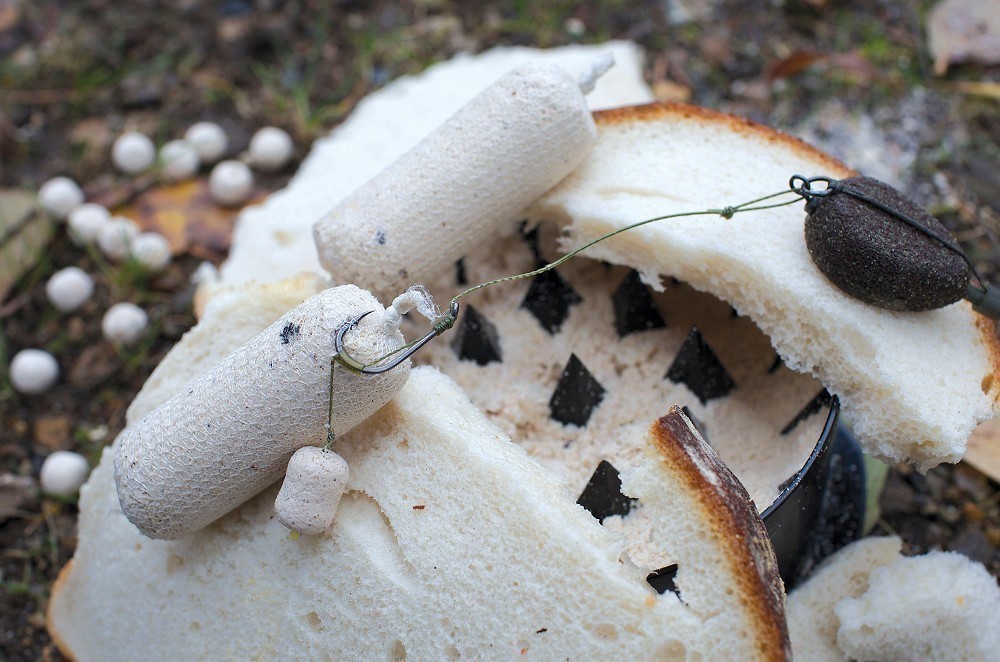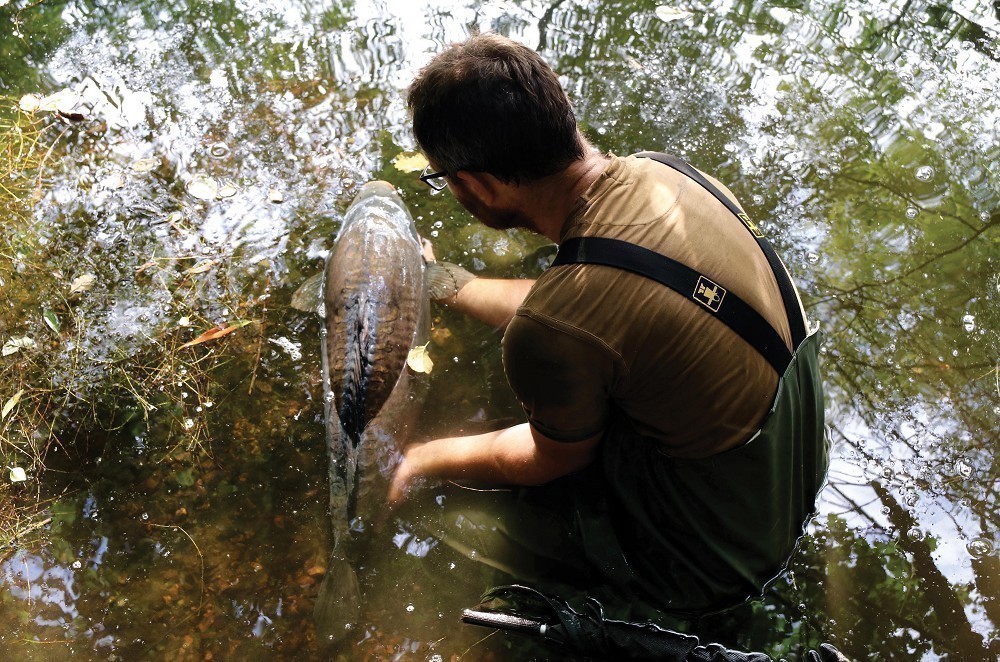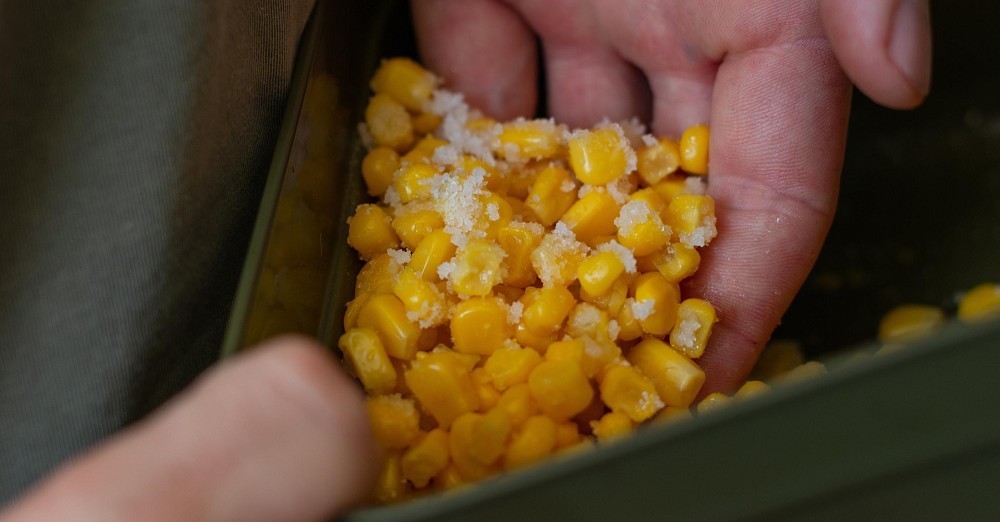
The truth about... salt
Carp expert Simon Scott debunks various myths and theories, and what better way to start than with probably the most controversial subject of them all...
Welcome to the first in my new mini-series for CARPology: ‘The Truth About’ series! In this month’s issue of CARPology I want to take a look at the subject of salt and its inclusion in carp baits. Through my Twitter account (@sscottfish) I am occasionally asked what my view is about salt being added to baits and whether I add salt to my particles prior to cooking them. Unfortunately, due to the limiting number of characters available it is a difficult question to answer via that route. So when Joe, the editor of CARPology magazine, asked me the very same question when we were talking about this series, it seemed like the perfect opportunity to look at the topic in a little more detail.
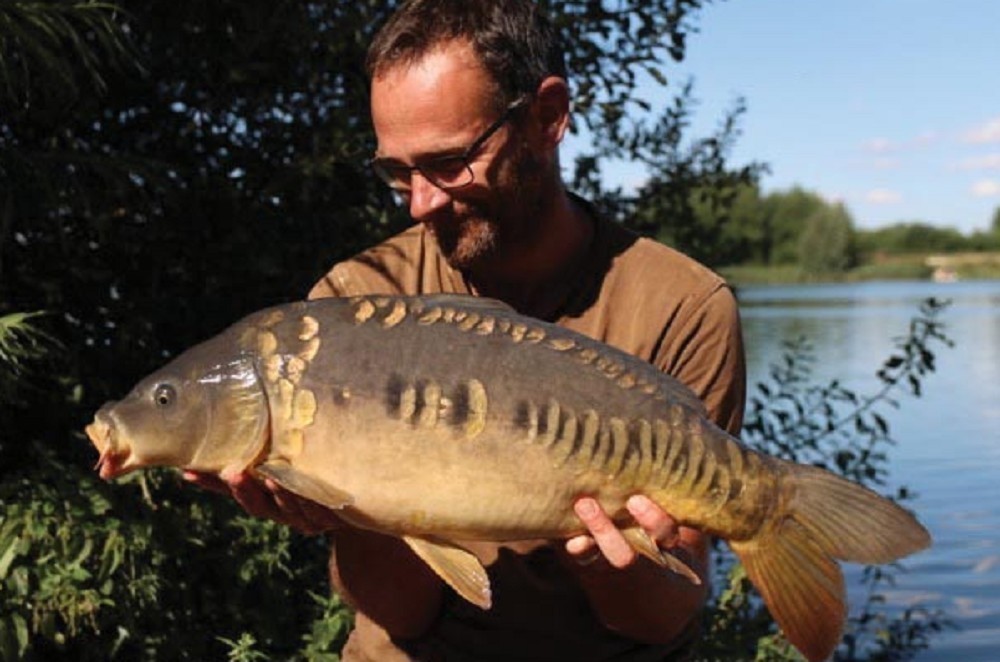 I cannot say that I have noticed my catch-rate rise since I started adding salt to my buckets of particles
I cannot say that I have noticed my catch-rate rise since I started adding salt to my buckets of particlesDoes it make a difference?
The first question that has to be asked here is: does the inclusion of a pinch or two of salt in a boilie mix or the addition of handful of salt in a bucket of particles make any difference to the bait as a carp-catcher?
This is a great place to start and if I am totally honest with you, I cannot say that I have noticed my catch-rate rise since I started adding salt to my buckets of particles. I caught plenty of carp on my particles when I just soaked the hemp, maize, tigers or maples in tap water and I still catch plenty of carp on them all now that I add salt to the water. However, when I speak to hugely experienced and highly prolific carp-catchers, the majority feel that the addition of some salt into a boilie or a bucket of particles makes the bait more attractive to the carp. With this in mind maybe salt is an edge that we should all consider trying!
So, is salt a modern must-have “secret” carp attractor used by the carpy elite to increase their catches? STOP right there! Before we go further let’s take a look at some of the best carp baits of all time. In my opinion probably the most instant and highly attractive carp bait ever to plop into a carp pond is the simple grain of sweetcorn! That tiny little golden grain must be bursting with carpy attractiveness because whenever I put it in front of a carp it is hoovered up in a second. Even carp that have never seen a bait or been fished for seem to accept sweetcorn instantly the first time they encounter it. What is the link with salt I hear you ask? Well, interestingly, sweetcorn straight from the can contains just under half-a-gram of salt per 100-gram serving (0.4-grams) which actually makes it a rather salty addition to the human diet!
Perhaps sweetcorn is a bit too ultra-cult for the majority of CARPology readers so let’s take a look at arguably the oldest carp bait of the lot: white bread (okay, I know, potatoes caught a few carp before the first anglers started using floating crust but be honest, would you be confident casting in a half spud?).
Although the salt content of white bread varies dependent upon your brand choice, most white bread contains approximately half-a-gram of salt per 100-grams. That may not sound that salty but when you consider that 28% of the white breads available in supermarkets contain as much salt, per slice, as the half gram of salt that is present in a standard packet of ready salted crisps it makes the humble slice of white bread seem more like a salty snack than a wholesome feast!
Another great bait that has stood the test of time and caught numerous big carp is the Peperami stick. These attractive spicy sticks contain a fraction under 4-grams of salt per 100-grams (3.9-grams). That is approximately the same amount of salt as you would find in four packets of the crisps mentioned above!
To answer the first part of this question, I firmly believe that a certain amount of salt in a bait can be attractive to carp. I include about 100-grams of sea salt into a twenty litre bait bucket of water when I am soaking my dry particles overnight. This amount seems to work for me and interestingly that should give me a concentration in the rehydrated particles once they have been boiled of approximately half a gram per 100-grams of particles, which is just about exactly the same as the amount found in bread and sweetcorn!
 However, when I speak to hugely experienced anglers, the majority feel that the addition of salt with their particles makes the bait more attractive
However, when I speak to hugely experienced anglers, the majority feel that the addition of salt with their particles makes the bait more attractiveA quick demonstration
Before I move on from the inclusion of salt within the bait, I would like to highlight some recent research that has demonstrated that young carp grow really well with an inclusion rate of 1.5% salt in their diets and that this level of inclusion actually improved their ability to uptake nutrients from their food. In this study there were no negative health effects found with the inclusion of salt in the diets.
Now let’s look at a bit of carpy biology. A carp, like all freshwater fish, is actually saltier than the water it is living in. Freshwater fish need to hang onto this salt in order to maintain a stable internal environment within their bodies. This stability is vital to maintain the functionality of their metabolism, the name given to all of the chemical processes which give the animal life. It is fascinating but not perhaps that surprising to learn that the body of the carp contains slightly over half-a-gram of salt per 100-grams of bodyweight.
There are two problems which freshwater fish face because they are saltier than their environment. The first of these is that the water around them is always trying to penetrate their bodies through osmosis to dilute the saltier tissues within. The second is that the vital salt is constantly trying to leave the fish through diffusion. This problem is most significant in the gills where the fishes’ blood and the water passing through the gills are only separated by the thinnest semi-permeable membrane.
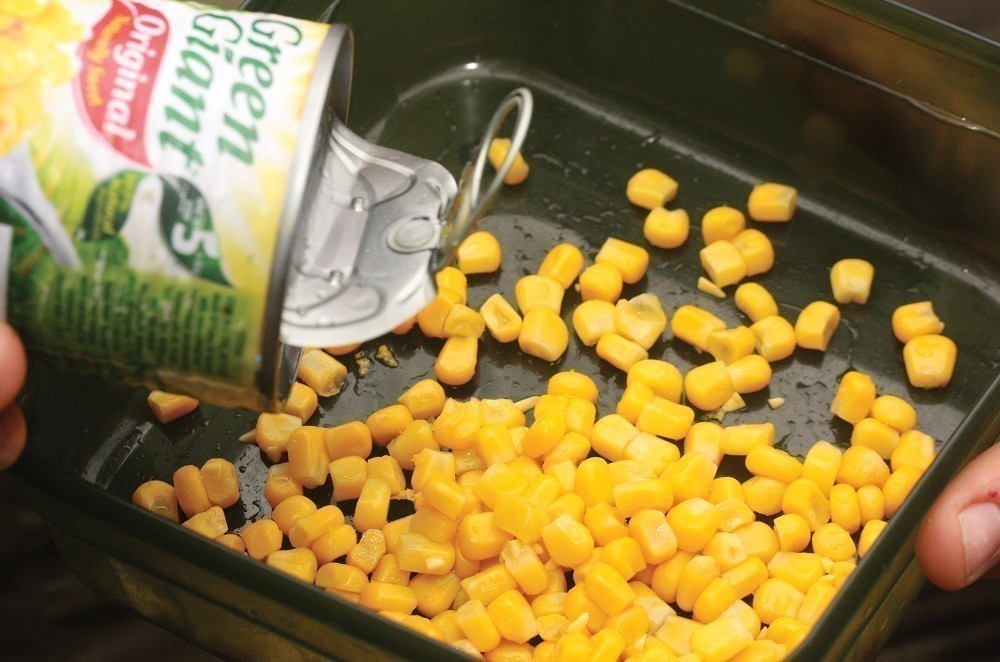 In my opinion, the most highly attractive carp bait ever to plop into a carp pond is the simple grain of sweetcorn!
In my opinion, the most highly attractive carp bait ever to plop into a carp pond is the simple grain of sweetcorn!Freshwater fish, including carp, deal with this constant problem through a process called osmoregulation. Freshwater fish use their kidneys to produce lots of urine which pushes excess water out of the body. Additionally, freshwater fish have a number of mechanisms that help them to recover and capture salts. The fish actually uses a fair bit of its energy up through the process of osmoregulation. It is possible to help a carp living within freshwater to reduce its energy expenditure on osmoregulation by adding some salt to the water it is living in.
Koi carp enthusiasts have been adding salt to their ponds to the benefit of their valuable koi for a great many years. The addition of salt at a rate of 3-grams per litre (half-an-ounce per gallon) as a constant treatment within the pond is a routine part of koi keeping. This inclusion rate has no long-term negative health effects upon the fish, but does have a long list of positive effects. These include a significant reduction in parasite numbers, improved ability to withstand poor water quality, increased mucus flow onto the body which aids healing from physical damage, improved healing of ulcers and lastly it reduces the osmotic stress of out of condition or damaged fish.
In fisheries management work, the addition of salt to holding tanks of fish is common practice when handling and transporting stock, particularly when dealing with the more fragile or sensitive species like roach or bream. At VS Fisheries we routinely add salt at 3-grams per litre to all of our tanks when we have newly harvested carp in the fish house. The salt, as already mentioned above, helps the fish in many ways. The positive effect of salting the water is most apparent in tanks of first year carp which are the smallest and of course the most fragile.
The addition of salt at a rate of 3-grams per litre may sound salty but by way of a comparison it is worth remembering that seawater has a salinity of approximately 3.5%. This means that there are 35-grams of salt in every single litre!
Is there any risk?
So if anglers are spodding out great weights of salt, is there any risk to the fish and their health? Well, if we look at a simple one-acre square lake (63.61-metres by 63.61-metres) and we work on the lake being exactly two-metres deep as an example, then perhaps you will be able to scale that up to the lakes you are fishing yourselves and make up your own minds.
In this example we need to calculate the volume of our one-acre fishery. This is done as follows: 63.61 long x 63.61 wide x 2 deep = 8,092.5. This would mean the volume of the fishery is 8,092.5-metres cubed of water, or if you would prefer, 8,092,500-litres (or 8,092.5-tonnes of water)!
If this lake was a giant koi pond and the owner wanted to introduce salt at the rate we discussed earlier, then we would be looking at introducing over 24-tonnes (24,277.5kg) of salt to reach a concentration of 0.3%. Remember that this is the weight of salt required to reach that concentration in a small one-acre lake!
So, to answer the question about the risk to the fish stock of spodding out salt into the lake, I think you will now be able to see that there is little or no chance of it causing any problems, even in a relatively small fishery.
Finally, the last question that I am frequently asked is: what types of salt are the best? If possible I would avoid using salts that contain anti-caking agents. Anti-caking agents are added to some salts to help them to remain free flowing in the granular form. I would recommend using pure sea salt and this is widely available in supermarkets at a very reasonable price.
I hope that you have found this article interesting, until next time, tight lines.
The salt trick
How to turn your pva-melting sweetcorn into pva-friendly stuff (which is also more attractive)





